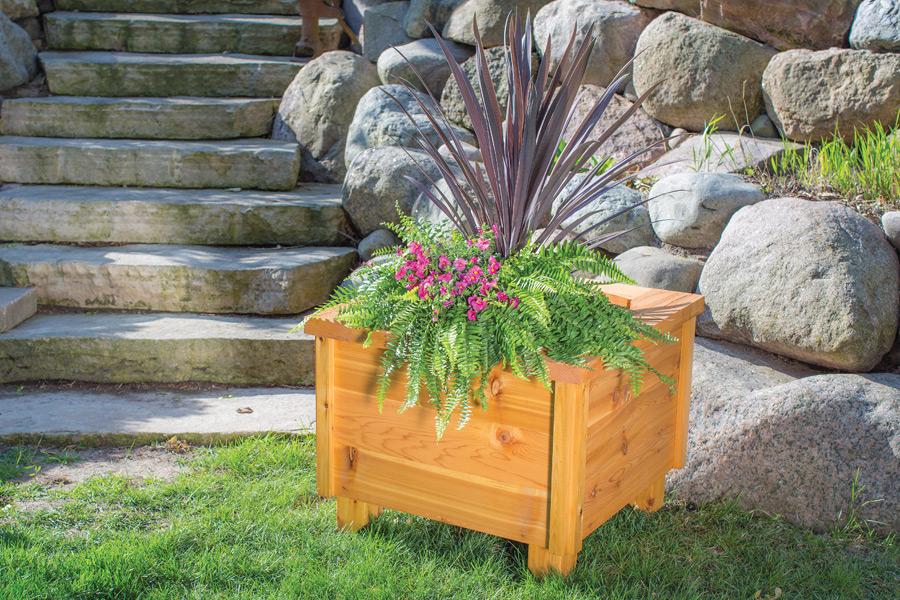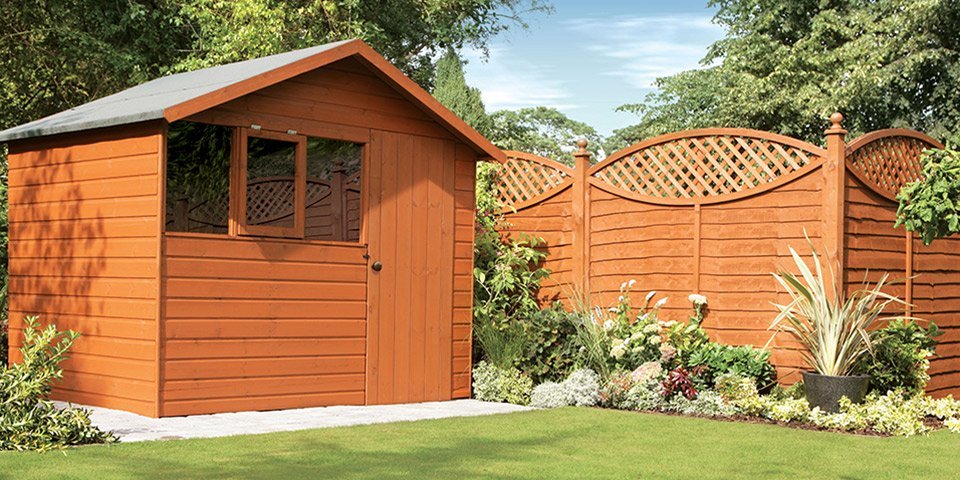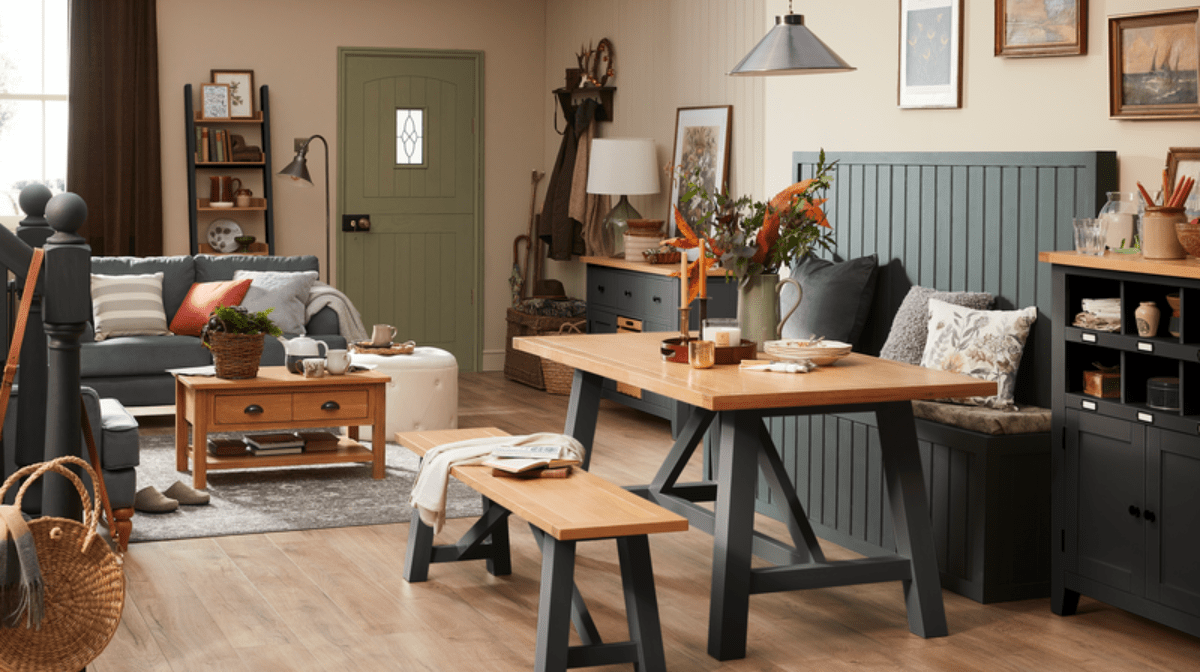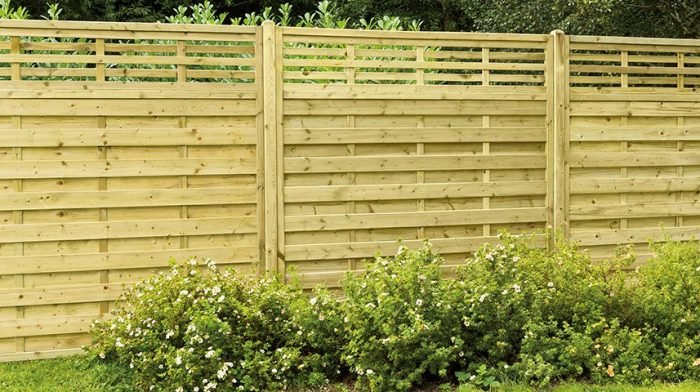Firepits and chimeneas are not only great decorations for any outdoor area, they can keep you toasty and warm in the cooler evenings.
Follow our step-by-step guide to lighting firepits and chimeneas below so you can do it quickly, but more importantly, safely.
You will need:
Before you light a clay chimenea for the first time, you’ll need to cure it. It’s a simple process – just follow these guidelines:
- Make sure you never light a fire directly on the base of the chimenea.
- Put around 5cm of sand or lava rocks in the bottom, then add a small amount of kindling and scrunched up newspaper on top.
- Light it, and allow a flame to build. Once it’s burning well, add a small log and allow it to burn out.
- Once the chimenea has cooled, you’ll need to repeat this process at least a couple more times.
Once you’ve cured your clay chimenea, lighting it is exactly the same process as it is for a metal one or a firepit:
Step 1: Add kindling
Put lightly scrunched up newspaper on the sand inside a clay chimenea, or the log grate of a metal one or firepit. Place kindling or finely split dry firewood on top of the newspaper.
Step 2: Light the fire
Use long safety matches or a long-nosed lighter to light the newspaper and kindling.
Step 3: Add more wood to keep the fire burning
Once the fire has caught sufficiently, add another log. Just 1 or 2 are enough to keep the fire going and generate a decent amount of heat.
Gas Safe Register offers the following barbecue safety tips:
- Never use a barbecue inside or within an enclosed environment such as a tent, caravan or cabin – your barbecue can still give off fumes even after cooking.
- Always ensure you can see your lit barbecue and don’t leave it unattended.
- Use your barbecue in accordance with the operating instructions.
- Be aware of the signs and symptoms of carbon monoxide (CO) poisoning – headaches, nausea, breathlessness, dizziness, collapse and loss of consciousness. You can use our carbon monoxide detectors to help aid with this.
- For more information about gas safety visit GasSafeRegister.co.uk.









